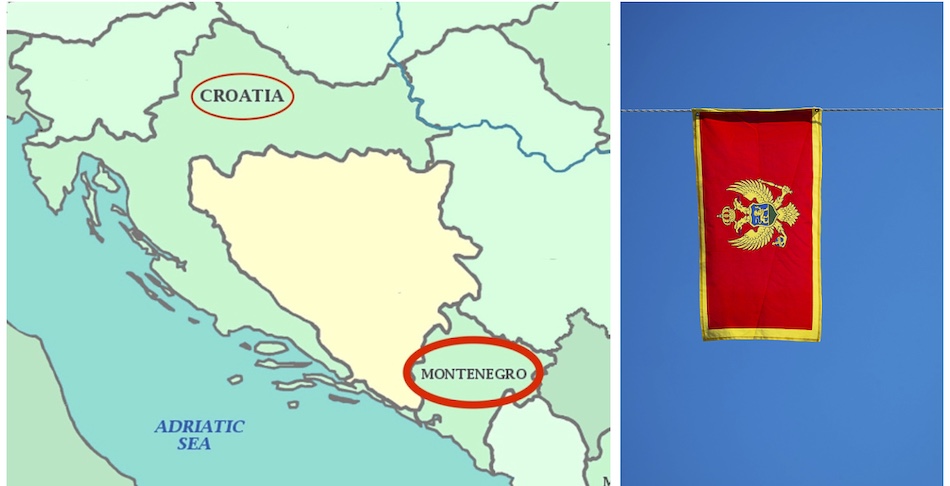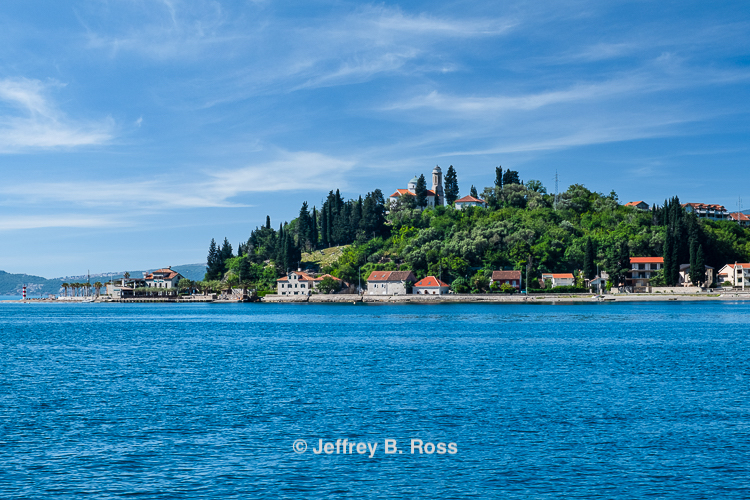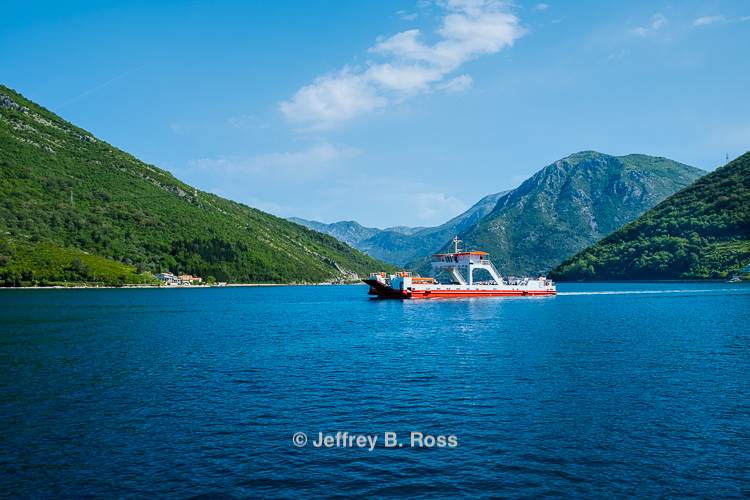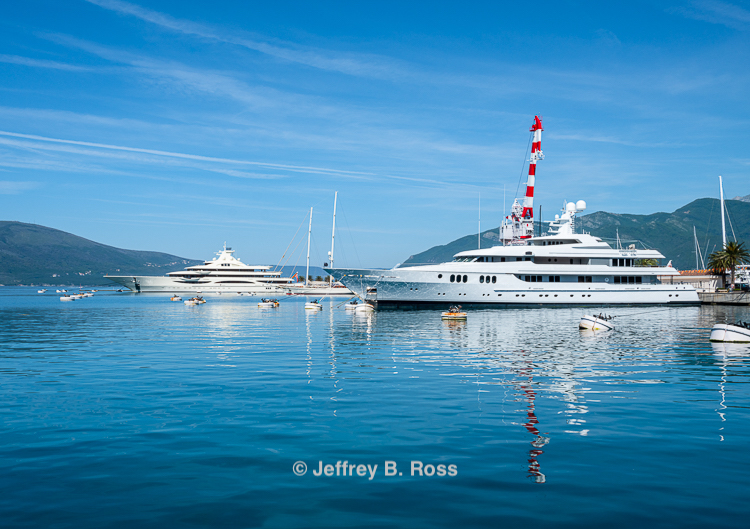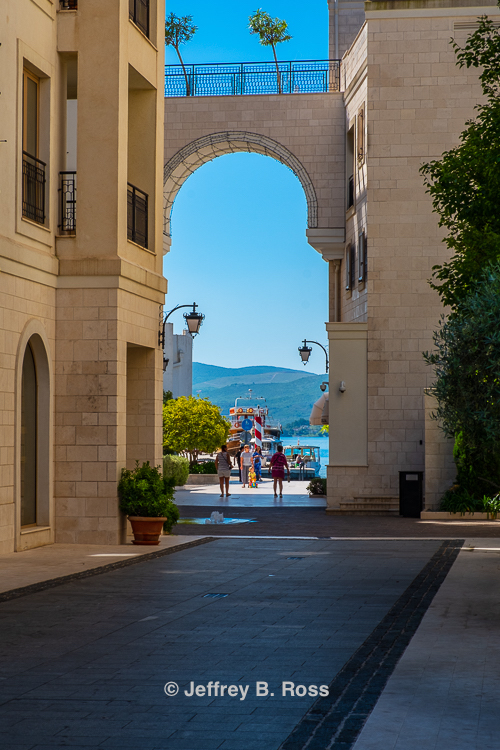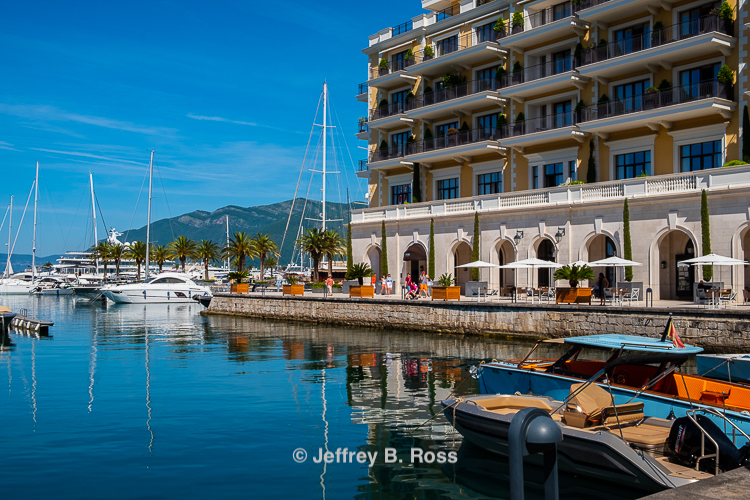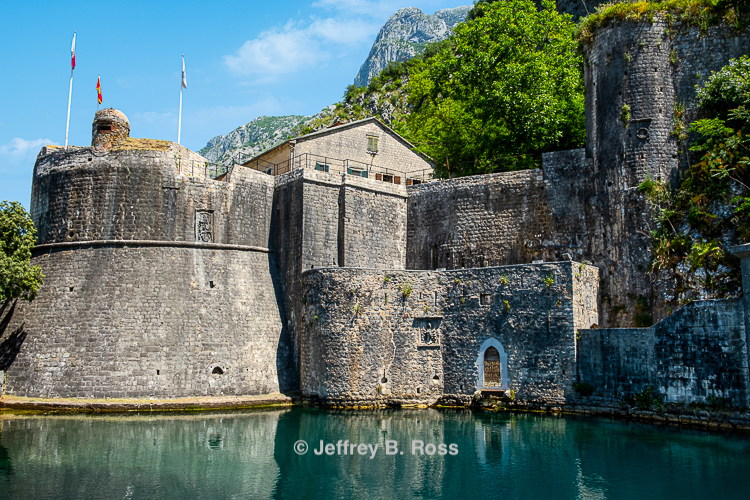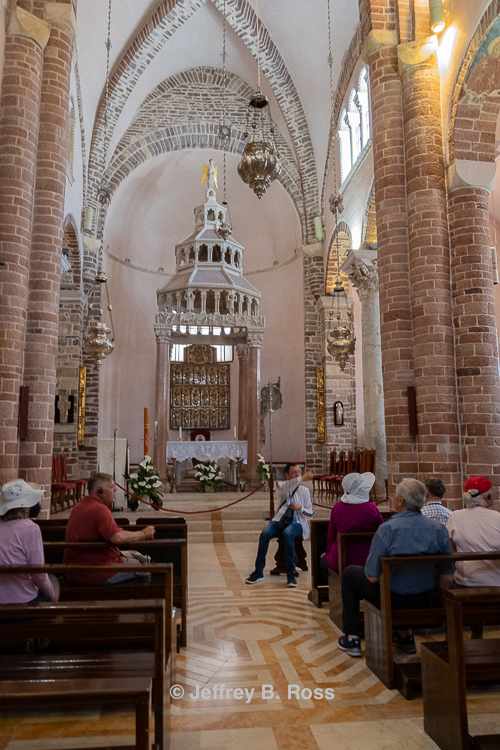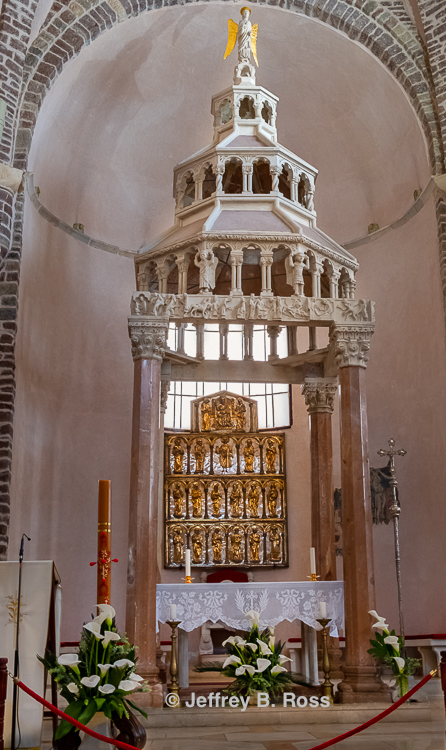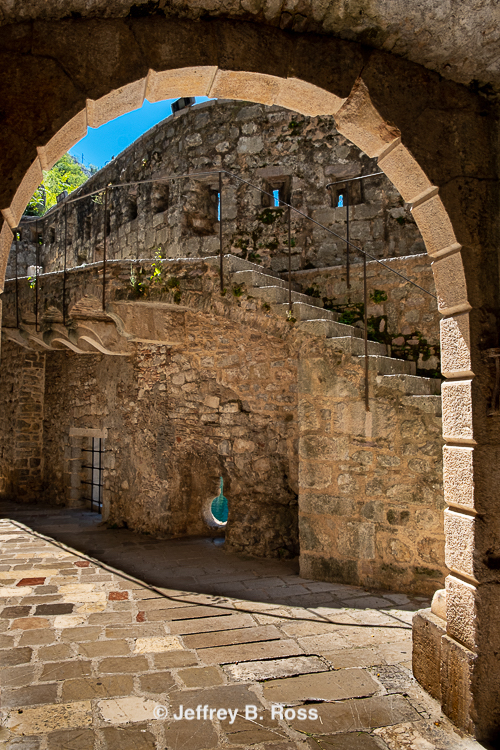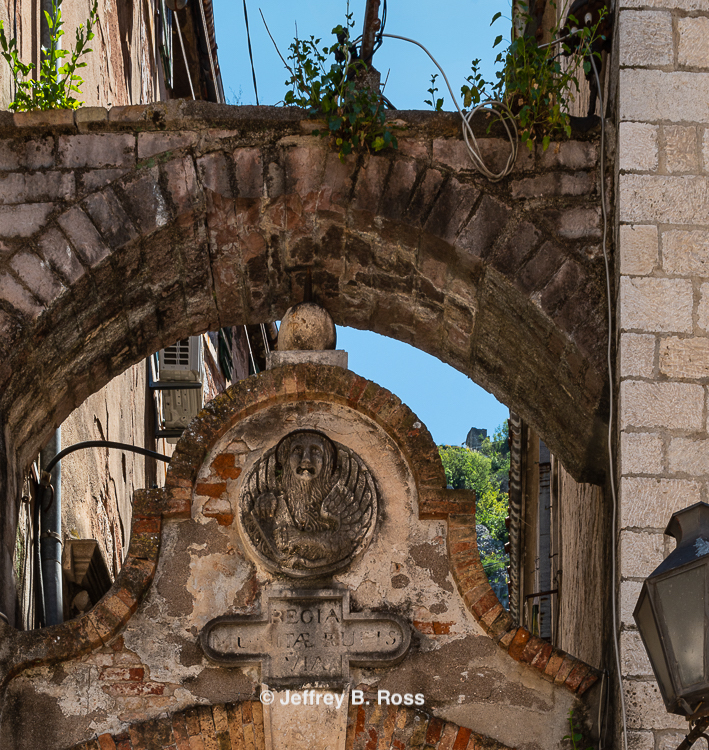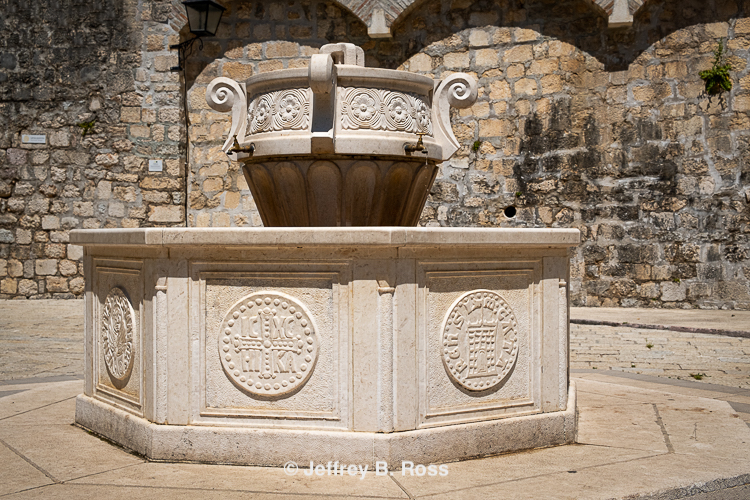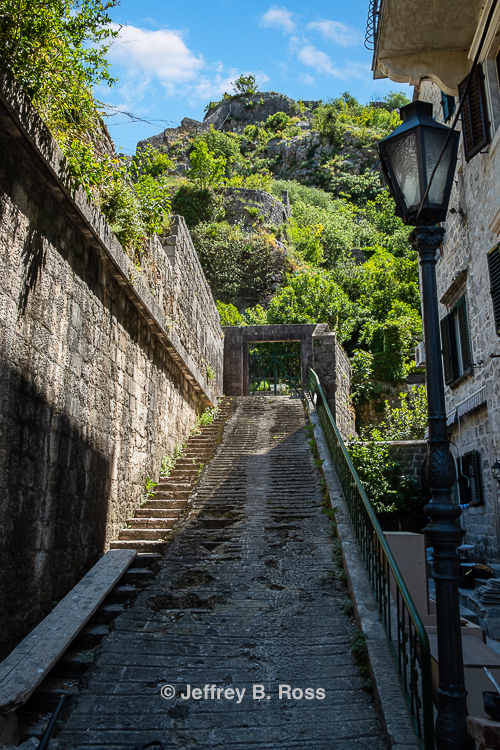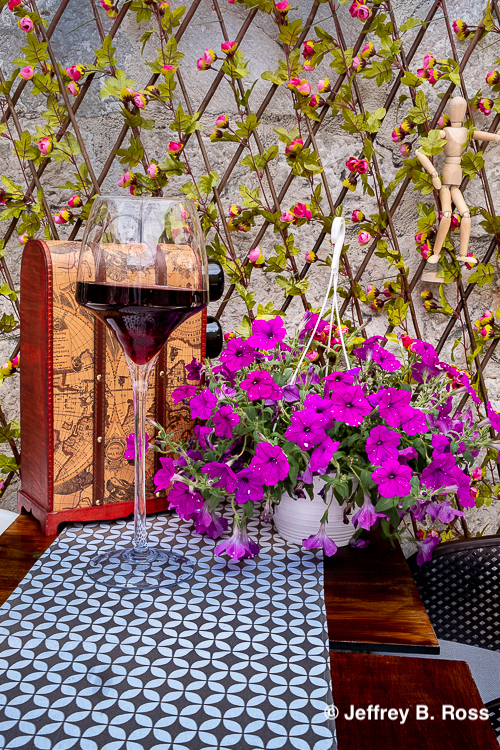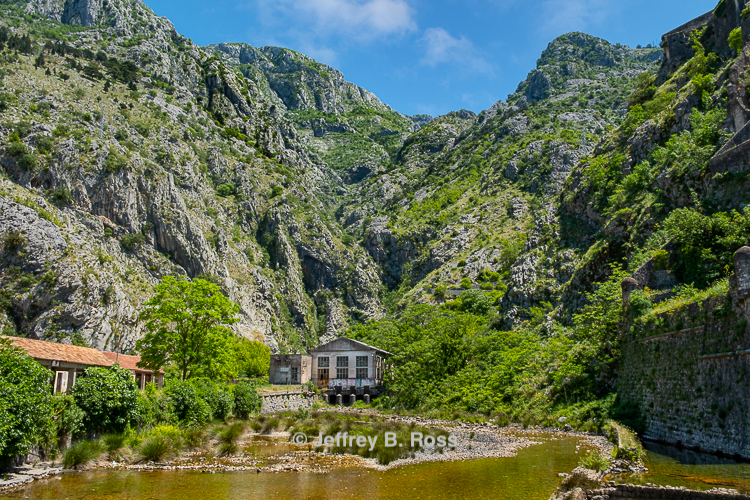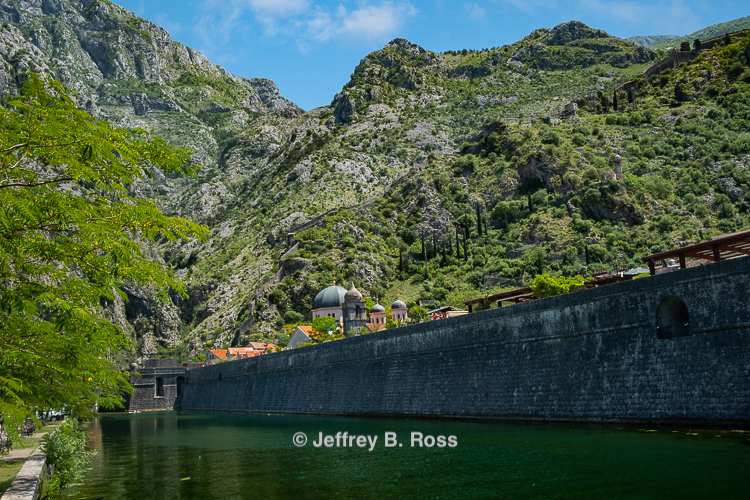
map courtesy of https://www.britannica.com/place/Split-Croatia
modified for clarity by JBRish.com
Split is the second largest city in Croatia and as the largest city on the Croatian coast, the seaport and marina area is a main tourist destination.
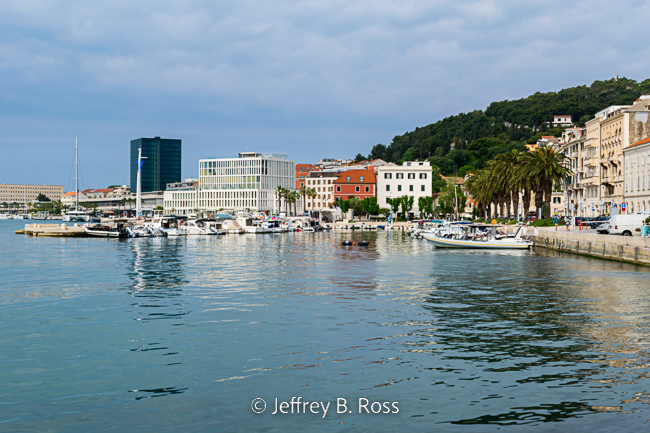
Our first formal stop in Split was at the Ivan Meštrović Art and Sculpture Gallery. Although he was a contemporary of Rodin and Klimt and eventually emigrated to the United States after WWII, his works do not appear to be very well-known in America.
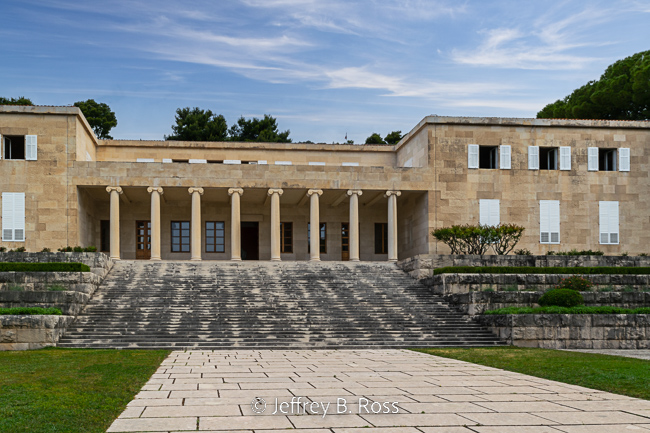
Ivan Meštrović art and sculpture Gallery Main Entrance
What gallery would be complete without a cat to welcome visitors?
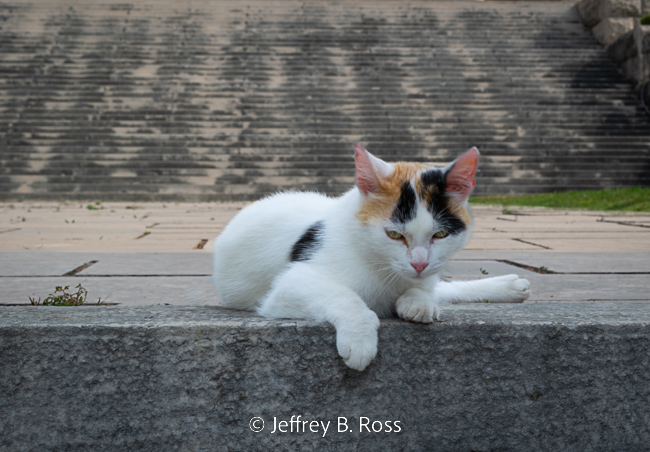
The gallery’s location is beautiful with an elevated view of the Adriatic Sea.
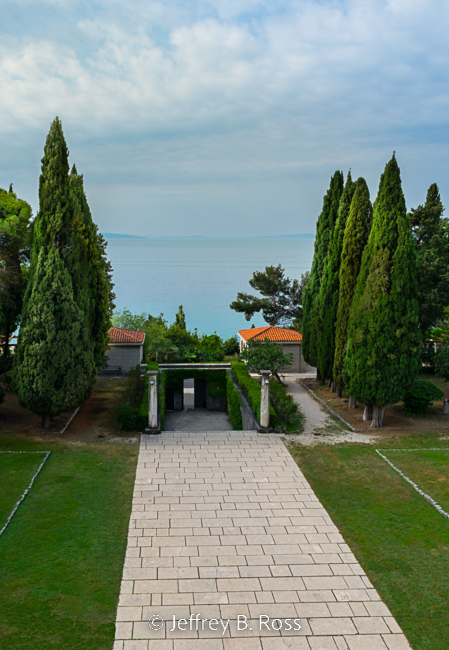
A few of my favorite sculptures on display:
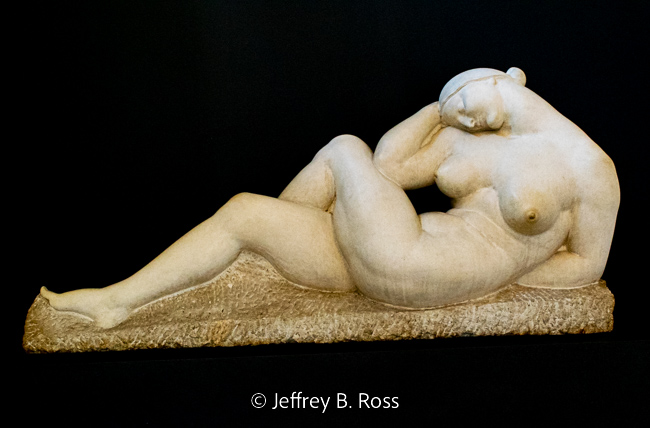
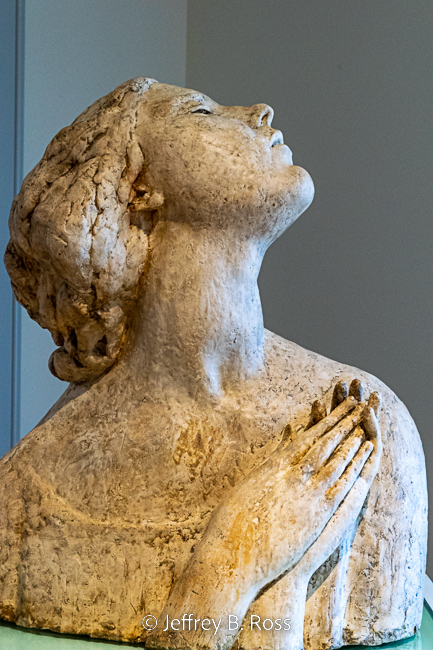
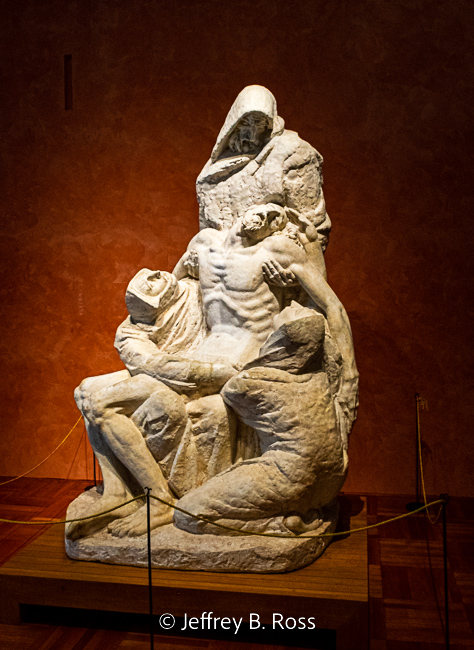
The Pieta
Works by Ivan Meštrović – Video
This brief video shows the constrcution of The Bowman and the Spearman statues in Chicago’s Grant Park which have become controversial because of its representation of Native Americans.
The Diocletian Palace (retirement home of Emperor Diocletian) built during the Roman era using local limestone and marble is perhaps the premier attraction in Split.
Early in the palace tour, visitors are shown a tapestry of the compound which depicts how it might have originally appeared. At one time the Adriatic abutted the palace grounds, but now is kept well-back from the property line.
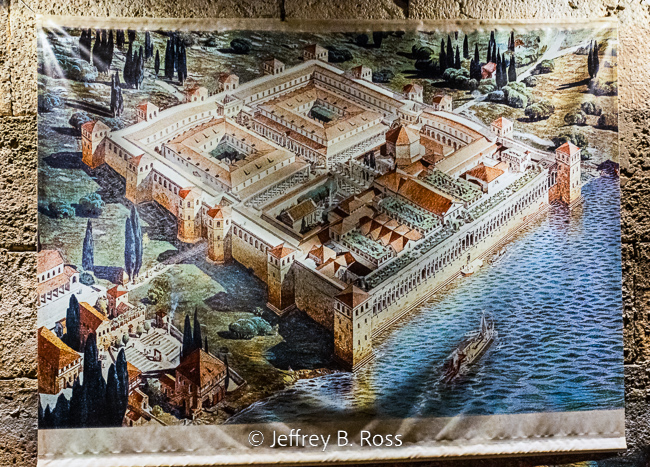
A clearer drawing of the diagram can be found HERE.
The basement is a maze of rooms and chambers which served as storage areas.
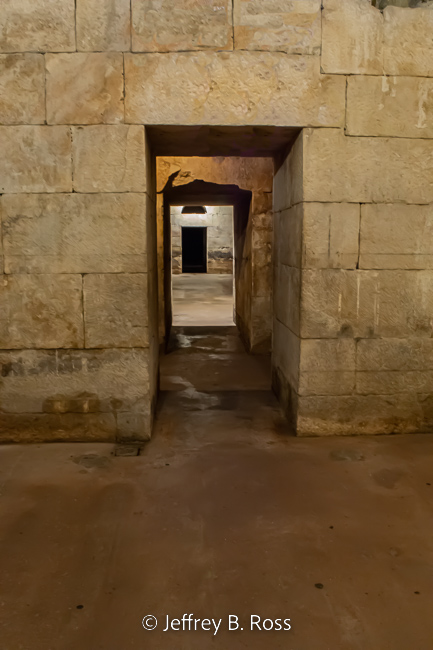
There is mention online that some of the dragon scenes from Game of Thrones were filmed in the “lower chambers” of the palace.*
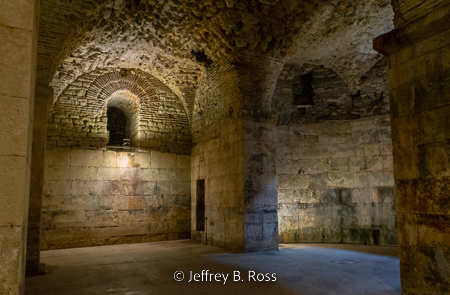
Tourists may be surprised to find out that Diocletian Palace premises still maintains a dynamic residential community of approximately 3,000 residents and is one of the oldest historical inhabited monuments in the world.**
The nearby Cathedral of Saint Dominus once served as the Emperor Diocletian’s tomb.
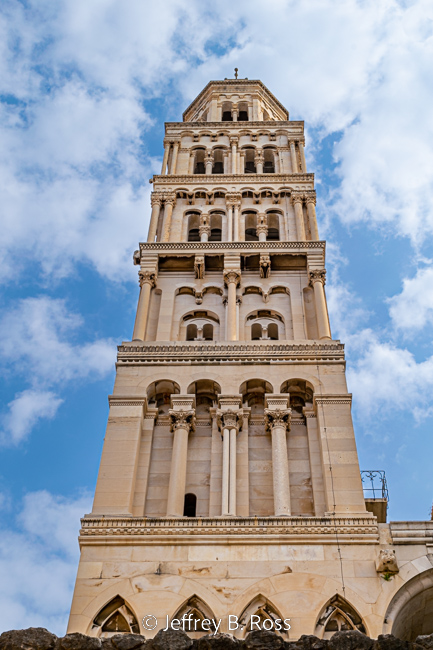
Outside of the Cathedral, lion statues guard the entrance.

A huge Ivan Meštrović statue of Bishop Gregory of Nin stands north of the palace just outside the area known as the Golden Gate.
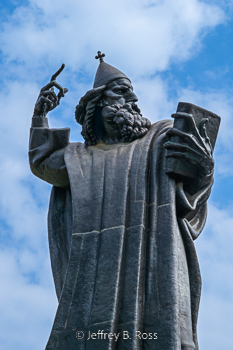
The female Benedictine Monastery currently known as St. Arnir [named after the Split Archbishop] is also located near the palace. The landmark bell tower rises above many of the nearby buildings.
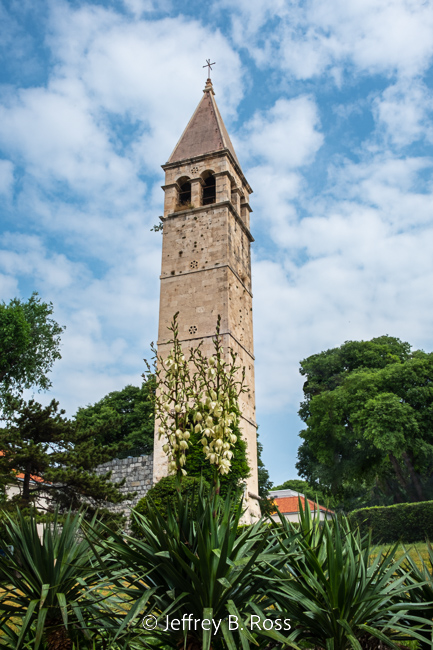
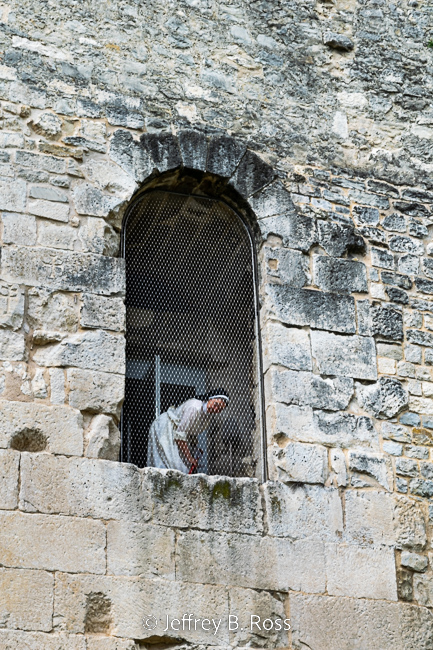
One of the Monastery occupants doing some maintenance
The Renaissance style buildings surrounding People’s Square located in Split’s Old Town form a popular shopping and dining area.
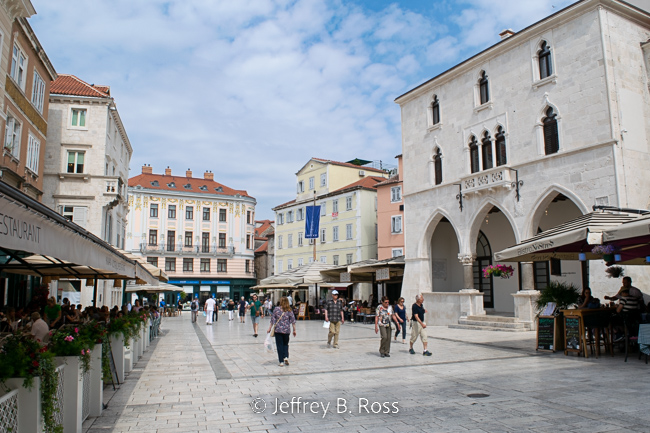

Brač
The island of Brač (pronounced “Bratch”) is the largest island in Dalmatia and a favorite getaway destination for locals.
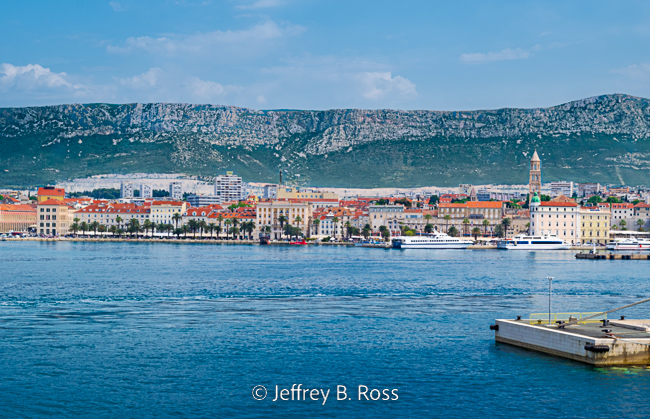
View of Split from the ferry to Brač
As the highest peak on Brač and also of all Adriatic islands, the Vidova Gora attracts hikers from around the world. Read more about the dramatic hike HERE.
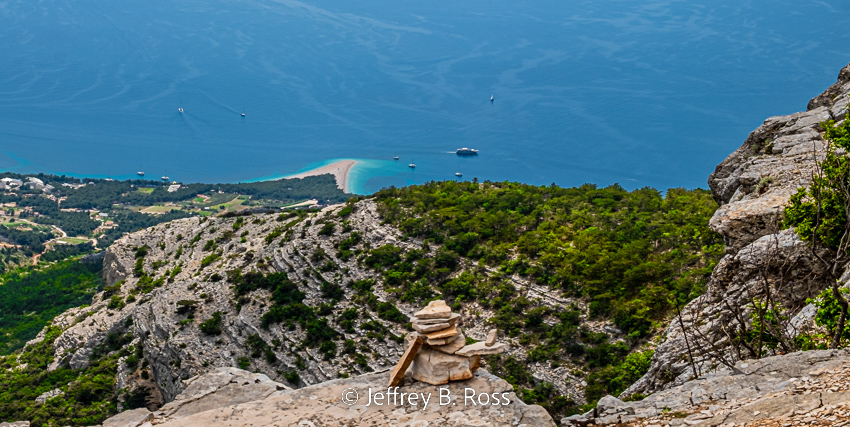
View from near the top of Vidova Gora with the Zlatni Rat (Golden Horn) Beach peninsula in the background
The ferry to and from Brač arrives at the island village of Supetar where authentic scenes of island life catch the eye.
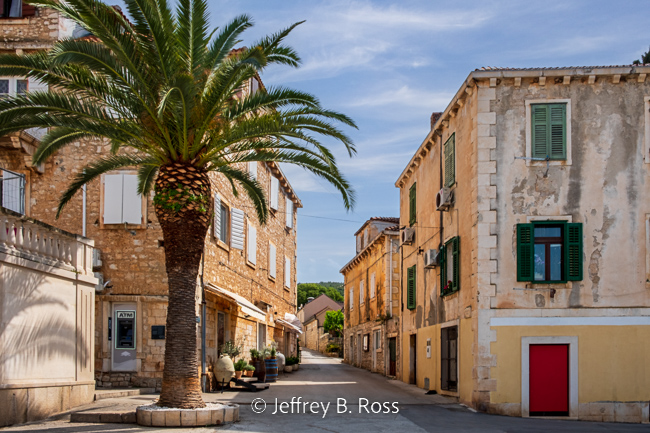
Picturesque side street
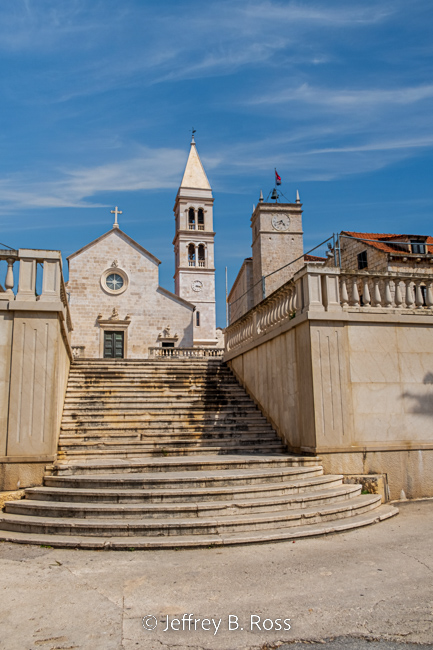
Church of the Annunciation – Supetar
Leaving Supetar to return to Split, ferry passengers may be able to get an idyllic view of the Cemetery of St. Nicolas peninsula.

Back on the mainland, Kavala Beach provides an interesting venue for seaside walks and people watching.
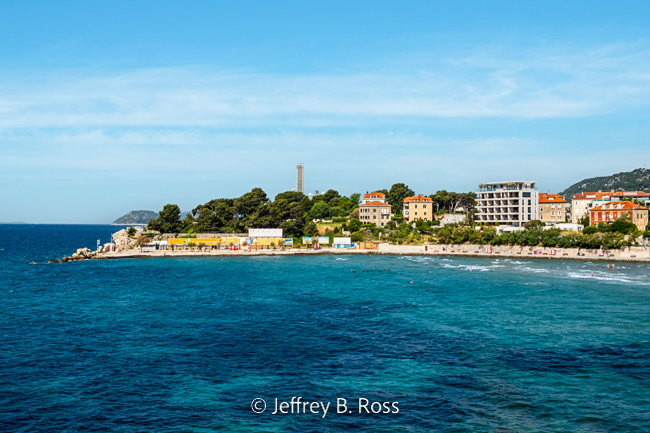
*Guide To Diocletian’s Palace: a “Living Museum” in Split Croatia – Scroll down to see actual dragon scene from the show captured at the palace.
** Following the steps of Emperor Diocletian meet today’s Split
See Previous Posts in this series:
Dubrovnik, Croatia – Pearl of the Adriatic
Old Town Dubrovnik – Above it all
Old Town Dubrovnik – The Low Down
Dubrovnik from the Adriatic and Mt. Srd
Montenegro & The Walled City of Kotor
Mostar – Bosnia and Herzegovina
